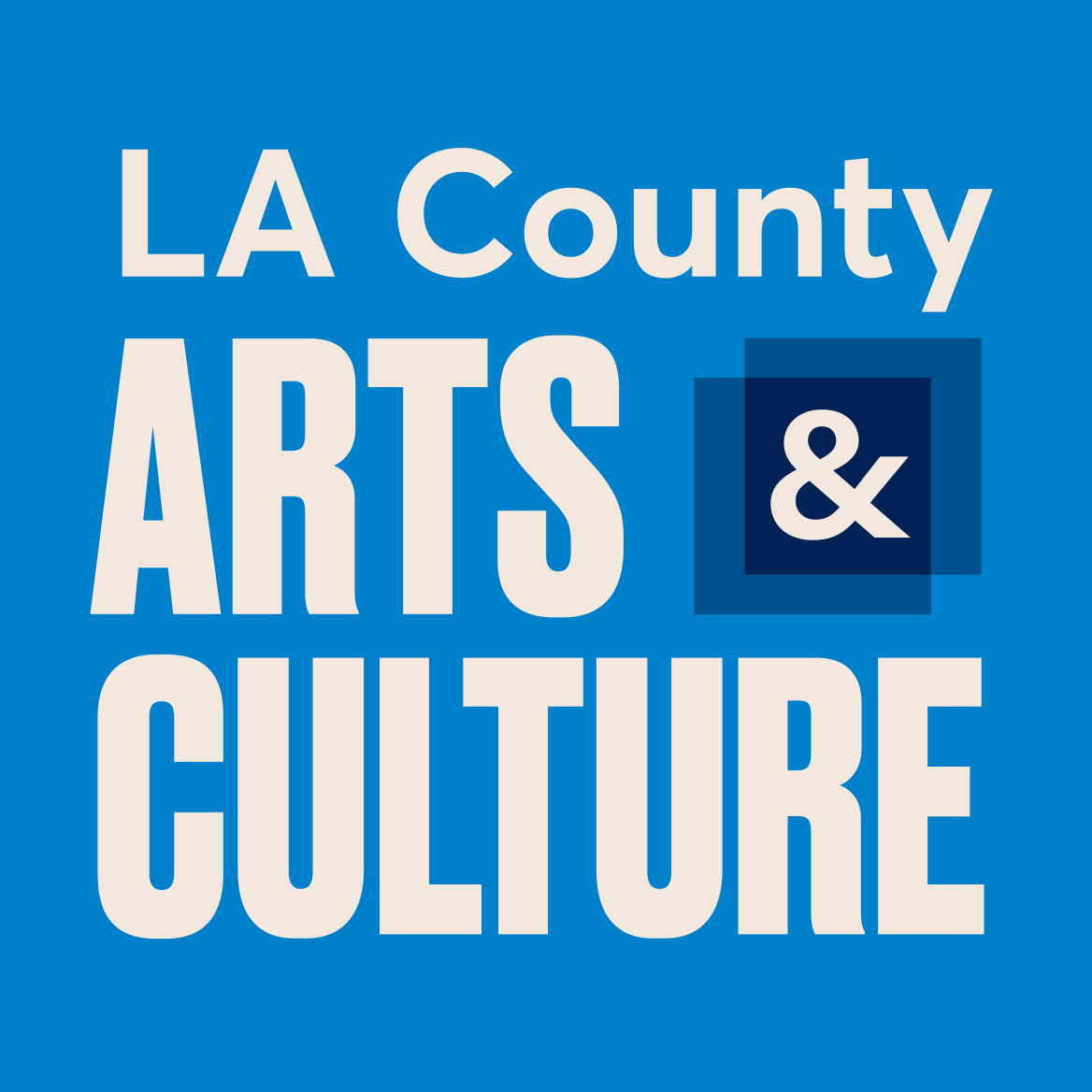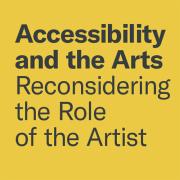(Above) "Vitae Telam (Web of Life) Tela de la Vida" by the De La Torre Brothers.
LA COUNTY DEPARTMENT OF ARTS AND CULTURE EXPLORES ROLE OF ARTISTS IN MAKING WORK ACCESSIBLE TO PEOPLE WITH DISABILITIES
In the Americans with Disabilities Act’s 30th anniversary year, new report "Accessibility and the Arts: Reconsidering the Role of the Artist" lays groundwork for disability-led content in creative sector
Asking the question Who is responsible for ensuring access to art, the Los Angeles County Department of Arts and Culture (Arts and Culture) in collaboration with Claremont Graduate University’s Center for Business and Management of the Arts (CBMArts) today released a new paper titled Accessibility and the Arts: Reconsidering the Role of the Artist—marking the 30th anniversary of the Americans with Disabilities Act (ADA), and supporting Arts and Culture’s mission to foster cultural equity and inclusion and make art accessible to everyone in LA County.
"The COVID-19 pandemic has magnified underlying structural and systemic inequities," said Los Angeles County Board of Supervisors Chair Hilda L. Solis, and Supervisor to the First District. "For more than a century, the County of Los Angeles has invested meaningfully in arts and culture. However, more work is necessary to solidify gains made, advance equity, and increase access so that the creative sector benefits all residents—including people with disabilities. This new report in this moment in time will help us in our continued work to address and dismantle historical inequities in services, investments, and opportunities."
Through interviews with disabled and non-disabled artists and art professionals, the report investigates the role of artists and the museums that exhibit their work in making artwork accessible to people with disabilities. The report is centered on accessibility in terms of visual or hearing disabilities, and on art that is experienced in museum settings.
The paper is authored by CBMArts’ Katrina Sullivan and Arts and Culture’s Bronwyn Mauldin, Director of Research and Evaluation. They found general agreement among those interviewed that ultimate accountability for making art accessible lies with the museums and galleries that present it. The responsibility of artists is more contested terrain. While some believe that requiring artists to take responsibility for making their own work accessible could be a constraint on creativity, many non-disabled artists see it as an opportunity to rethink their work and their audiences, and explore new ways to share their ideas. At the same time, disabled artists are passionate about continuing to break down barriers between their audience and their own works.
The ADA prohibits discrimination against people with disabilities and requires auxiliary aids and accommodations to reduce barriers. Since its passage, the arts sector has worked to improve access for people with disabilities, including American Sign Language (ASL) interpretation for live performances, low sensory performances, touch-friendly exhibits, and grants for artists with disabilities. But more can be done. The report makes recommendations to the arts and culture sector, from artists to museums and galleries to educational institutions to policymakers and funders, on actions they can take to expand and normalize disability access to arts and culture, and the benefits this access offers.
"As an educational institution training future arts professionals, we recognize our responsibility to teach students how they can reduce barriers to access. Our partnership with the Department of Arts and Culture is critical to bringing the real world into our classrooms," said Dr. Jonathan T. D. Neil, Director, CBMArts.
"Cultural equity, inclusion, antiracism, and accessibility are guiding principles at Arts and Culture, and are critical to the future of our field. We are expanding our responsiveness to accessibility and disability by investing the resources of our Research and Evaluation team in this landmark anniversary of the ADA," said Kristin Sakoda, Director of the Department of Arts and Culture. "The goal is to catalyze more disability-forward dialogue and increase awareness on issues ranging from audience accessibility, to disability as identity, intersectionality, and disability artistry—and increase inclusion in arts and culture for all people of Los Angeles County."
Accessibility and the Arts: Reconsidering the Role of the Artist on Arts and Culture’s website. The PDF of the report has been optimized for assistive technologies, and an audio version of the report is also available via SoundCloud. There are also resources on accessibility at Arts and Culture’s Digital Resource Center.
View and Download a PDF of Accessibility and the Arts: Reconsidering the Role of the Artist.
Listen to an audio version of Accessibility and the Arts: Reconsidering the Role of the Artist via SoundCloud.



